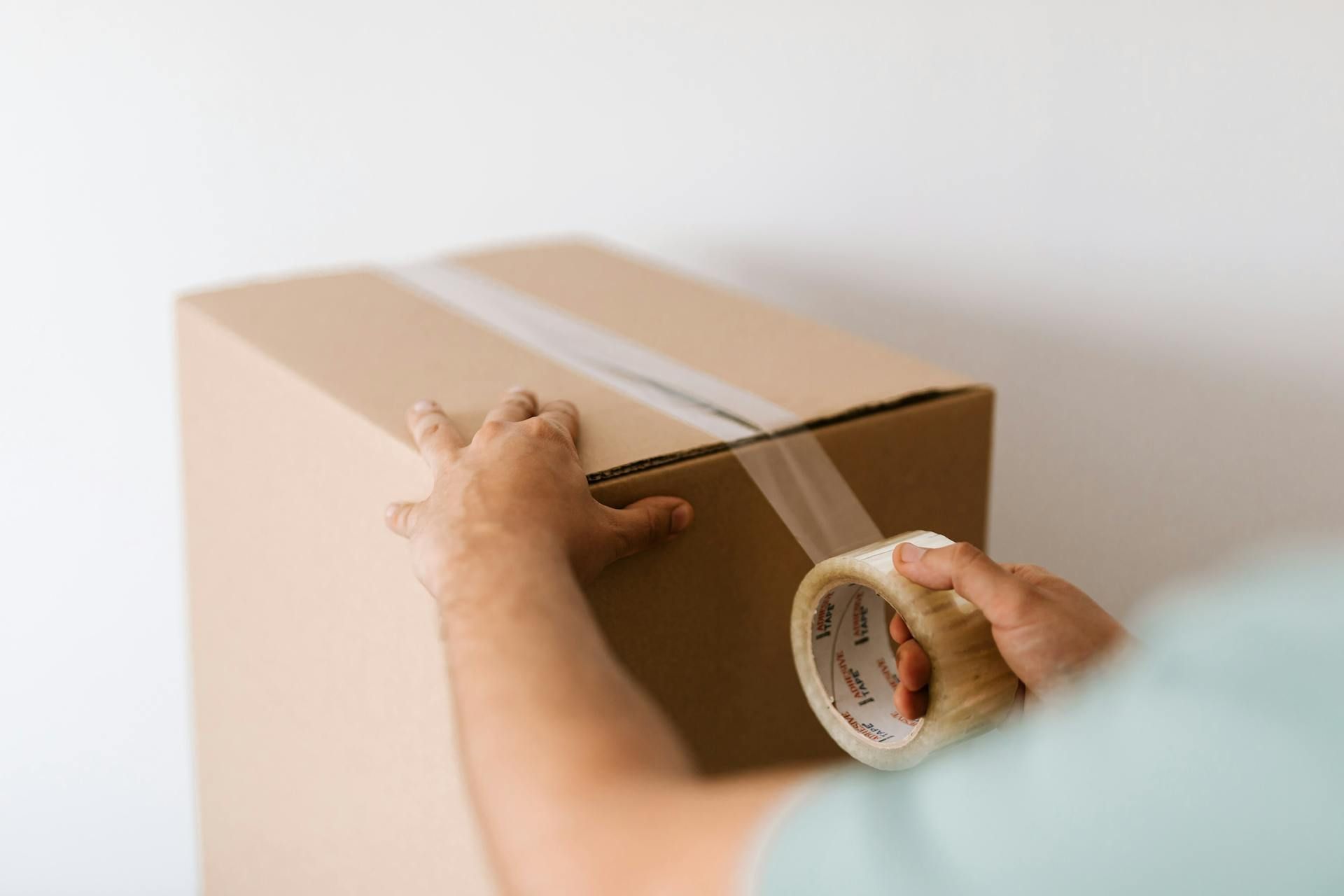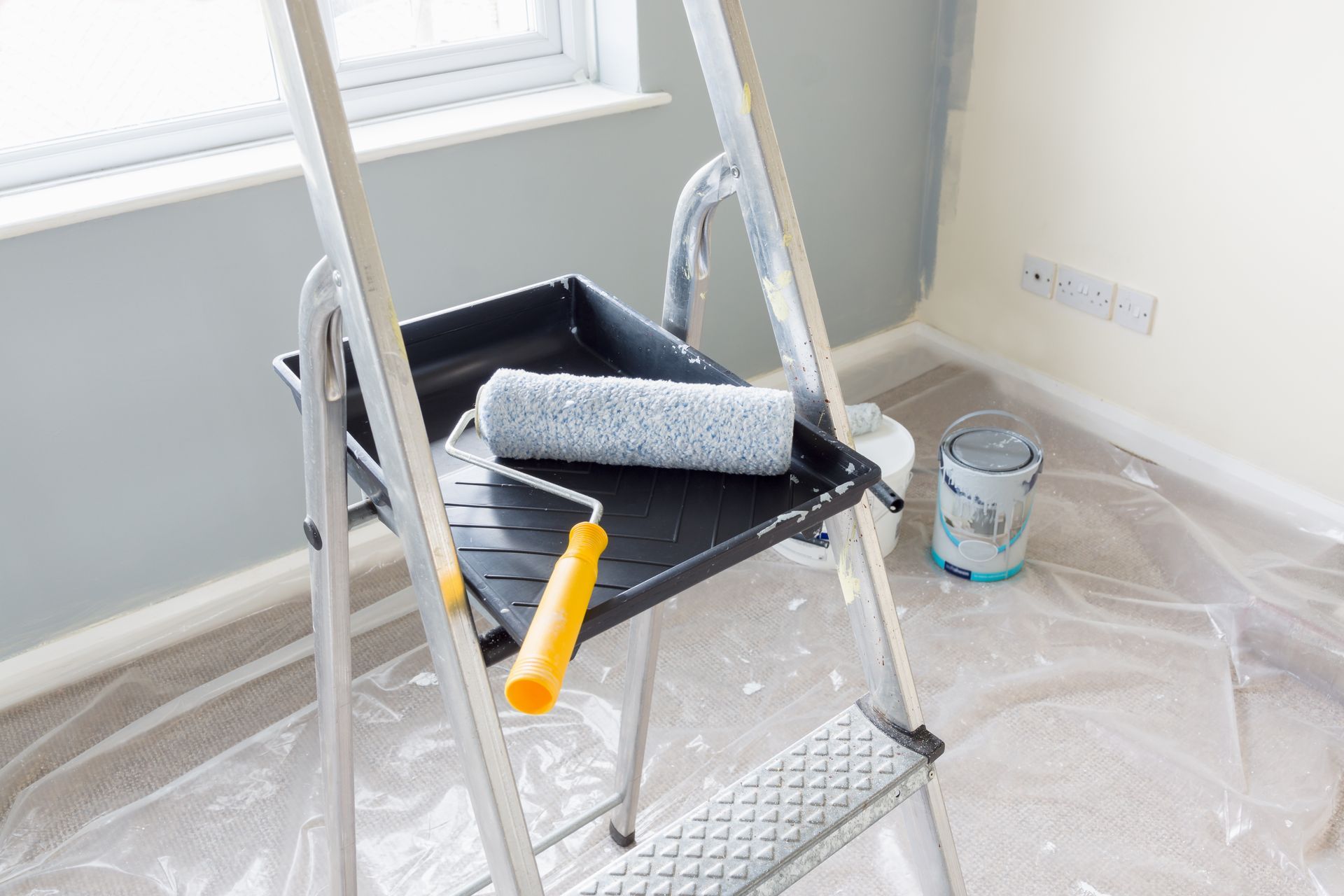John Wilds, President
Tranquility Property Management & Real EstateServices
john@tranquilitysandiego.com

California Civil Code §1950.5(b) defines a security deposit as any payment, fee, or deposit required at the start of a tenancy to cover move-in costs or serve as advance rent. This includes amounts that may be used for:

Starting July 2024, landlords—except in limited cases—cannot charge more than one month’s rent as a security deposit. For active-duty military tenants, the cap is strictly one month’s rent with no exceptions.
Regardless of how it’s labeled—whether it’s called a “security deposit,” “cleaning deposit,” or “pet deposit”—these amounts are subject to the same legal rules. All deposits must be fully refundable; no portion may be designated as “nonrefundable.”

When a tenant moves out, landlords can deduct certain costs from the security deposit. These may include:

The burden of proof is on the landlord when making deductions from a security deposit. To support any charges, landlords must provide:
New Photo Documentation Requirements (Effective in 2025):
These changes are intended to minimize disputes and provide tenants with better clarity around any deductions.

California law requires landlords to return the security deposit within 21 days after a tenant moves out. If deductions are made, an itemized list of charges must be provided, along with receipts for any repair or cleaning costs exceeding $125.
Tenants also have the right to request a pre-move-out inspection, allowing them to address any potential issues before vacating.
Understanding these rules can help both landlords and tenants avoid conflict and maintain a fair, transparent rental process. If you have questions about security deposits, it’s always a good idea to consult California landlord-tenant laws or seek legal advice. We’re happy to answer general questions and help you feel confident about managing your rental.

John Wilds, President
Tranquility Property Management & Real EstateServices
john@tranquilitysandiego.com
Search
Follow Us
Recent Posts






Mailing:
PO Box 1298
La Mesa, CA 91944
Office:
8354 University Avenue
La Mesa, CA 91942
24-hour rent dropbox onsite.
Tranquility Management Services Inc. DRE License# 02022468
©Forever All Rights Reserved. Tranquility Property Management, Tranquility Management Services Inc., and "zen cat" logo are Federally Registered Tradenames / Trademark on the United States Patent and Trademark Office Register.